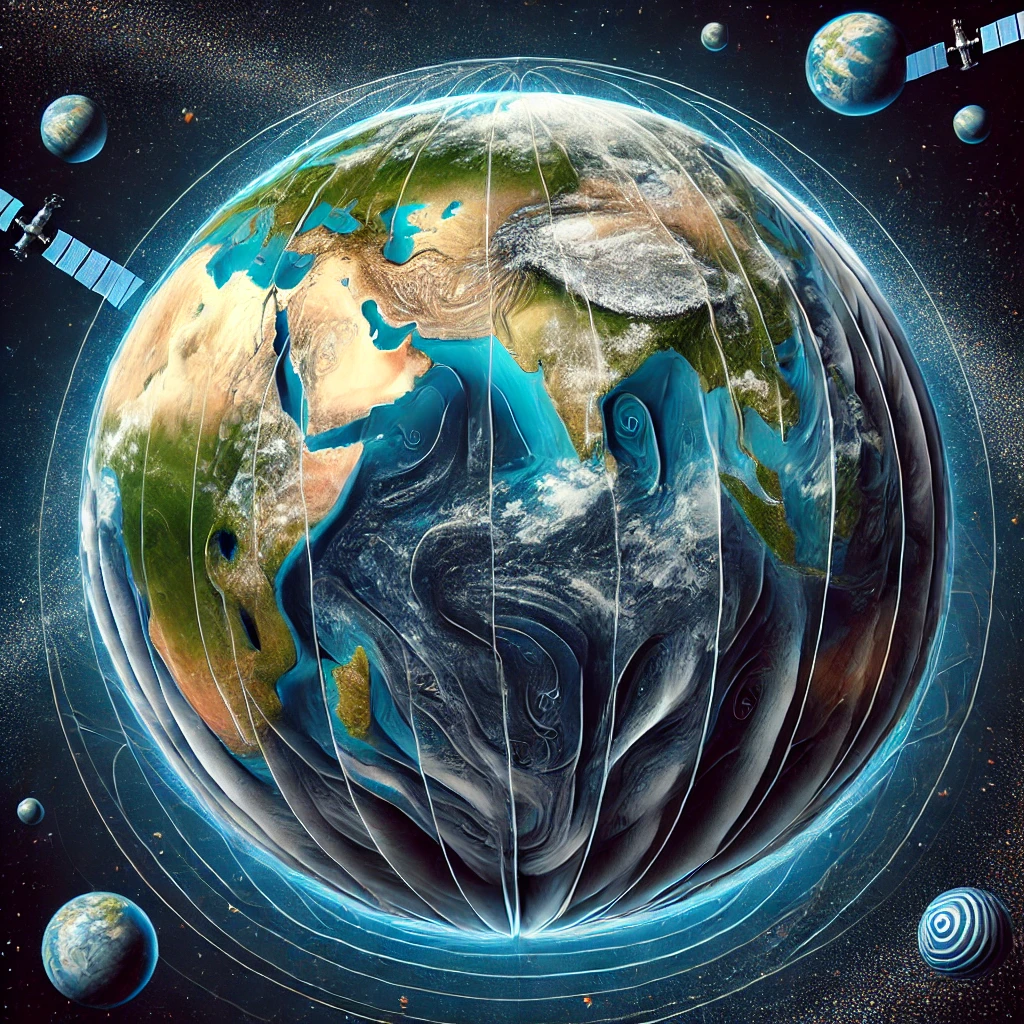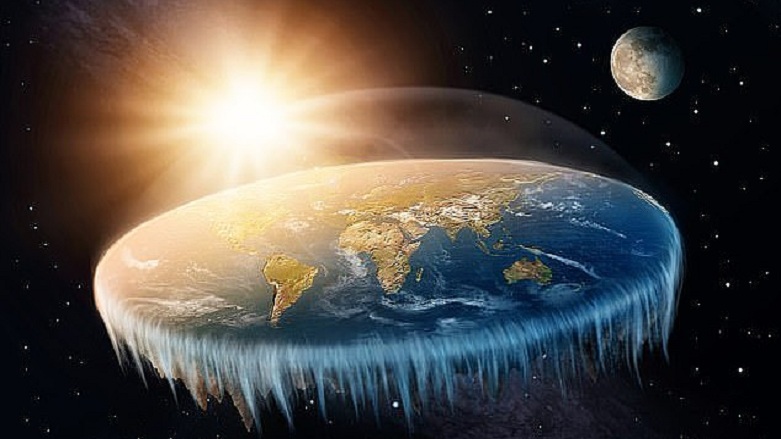The shape of the Earth has been one of the central topics of human curiosity and research throughout history. Scientists continue to study how elements like gravity, climate change, and geodetic measurements affect the Earth’s ellipsoidal structure. Especially with the development of satellite technology, the continuously changing shape of our planet and the distribution of its mass are being measured with greater precision. These studies not only enhance our understanding of Earth’s structural features but also shed light on future issues related to climate change and environmental impacts.
Early Thoughts on the Shape of the Earth
Throughout history, people have developed different ideas about the shape of the Earth. In ancient times, the belief that the Earth was flat was widespread. Civilizations such as Mesopotamia and Egypt depicted the Earth as a flat disk in their cosmologies. However, this view gradually changed as observations by scientists and philosophers began to challenge it.
Ancient Greece and Early Scientific Approaches
The first scientific ideas about the Earth’s shape emerged in Ancient Greece. In the 6th century BCE, philosophers from Miletus proposed various theories about the shape of the Earth. Thales considered the Earth to be a flat disk, but Pythagoras, following the principles of symmetry and order in the universe, suggested that the Earth was spherical. Pythagoras’ theory was revolutionary for its time.
Anaxagoras, who came after him, made significant observations regarding the shape of the Earth by studying lunar and solar eclipses. He noticed that the shadow cast by Earth on the Moon during a lunar eclipse was circular. This observation provided a crucial clue that the Earth was round. This view was further developed by Aristotle.
Aristotle’s Observations
Aristotle provided evidence for the Earth’s spherical shape through various astronomical observations. He noted that as one traveled southward, the positions of the stars shifted, indicating that the Earth had a curved structure. Particularly, the round shadow Earth cast on the Moon during lunar eclipses was one of the strongest pieces of evidence supporting this theory. Based on these observations, Aristotle firmly stated that the Earth was spherical.
Eratosthenes and the Calculation of Earth’s Circumference
Eratosthenes not only supported the idea of a spherical Earth through observations but also through mathematical calculations. In the 3rd century BCE, he used the distance between Alexandria and Aswan to estimate the Earth’s circumference. He made this calculation by examining the difference in shadow lengths between the two cities. The difference in the shadow of a stick in Alexandria compared to the moment when the sun’s rays were direct in Aswan allowed him to compute the Earth’s circumference.
Through these observations and calculations, Eratosthenes determined the Earth’s circumference to be about 40,000 kilometers. This result closely matches modern measurements. Eratosthenes’ work marked a significant milestone in the history of science and contributed greatly to the scientific acceptance of Earth’s spherical shape.
Acceptance of Earth’s Sphericity
Following Eratosthenes’ calculations, research into the Earth’s shape accelerated. During the Middle Ages, this knowledge was widely accepted within scientific circles. However, the belief in a flat Earth persisted among the general public. The Age of Exploration, particularly with Christopher Columbus’ voyages, provided concrete proof to larger audiences that the Earth was spherical. Ferdinand Magellan’s circumnavigation of the globe in 1522 confirmed this understanding.
Recent Developments in Earth’s Shape
Debates about the Earth’s shape gained new dimensions in the modern era. Scientific advancements and space research have revealed that the Earth is not just spherical but is more precisely described as an “oblate spheroid.” This shape refers to the Earth being flattened at the poles and bulging at the equator due to its rotation.
Satellite Observations and the Geoid Model
In the second half of the 20th century, space-based observations marked a significant step in determining the precise shape of the Earth. The launch of early satellites like Sputnik 1 and humanity’s first steps on the Moon in 1969 allowed for the first photographs of the Earth. These images confirmed its spherical shape, though they also showed that it wasn’t a perfect sphere.
Satellite observations also revealed various irregularities in Earth’s surface and gravity variations. These discrepancies showed that the Earth’s surface is not uniform. Changes in ocean levels and movements within the Earth’s crust contributed to the development of a more accurate model of Earth’s shape, known as the geoid model.

Current Research on Earth’s Shape
Today, the field of geodesy is dedicated to studying Earth’s shape and gravity. Geodesy uses modern technology and satellite systems to create detailed maps of the planet’s surface. GPS and other satellite-based systems are capable of measuring even the smallest changes on Earth’s surface.
Additionally, research on Earth’s shape helps us better understand climate change, rising sea levels, and other environmental factors. This data is crucial for future scientific research and is key to predicting future changes.
Misconceptions About Earth’s Shape
Despite the widespread dissemination of scientific findings, flat Earth theories have resurfaced in modern times. Social media and the internet have provided a platform for these false beliefs to spread. However, the scientific community continues to debunk these claims and highlight the undeniable evidence of Earth’s shape.
NASA and other space agencies continue to prove the Earth’s sphericity through photographs and data. Arguments made by flat Earth proponents have been repeatedly disproven by scientific evidence. These misconceptions are firmly rejected by modern science.
The Importance of Future Research on Earth’s Shape
The study of Earth’s shape holds great significance not only for scientific knowledge but also for understanding future environmental and climatic changes. These studies will provide critical data for climate modeling and environmental predictions in the future.
Geodetic research and satellite-based technologies are among the most powerful tools for monitoring and understanding the continuously changing structure of our planet. These studies will contribute to humanity’s better understanding of Earth and our adaptation to it.
The scientific work on Earth’s shape has evolved over time, from the early predictions of ancient Greek philosophers to the findings made through modern technology and space research. Today, the shape of the Earth is firmly established as spherical. This knowledge is a crucial milestone in humanity’s quest to understand the universe, and future scientific studies will continue to provide a deeper understanding of our dynamic planet.
